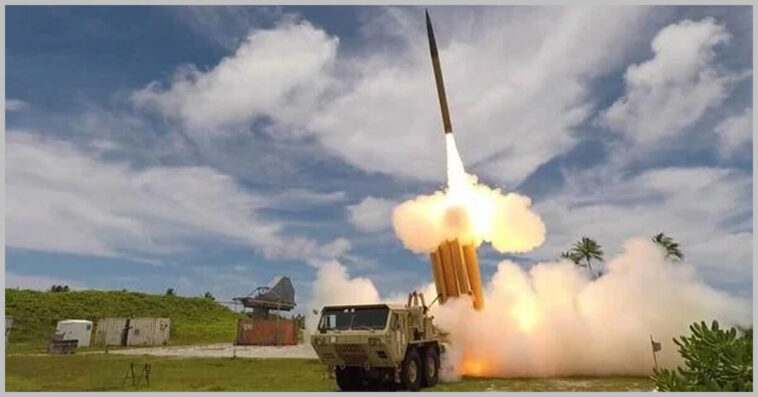Aerojet Rocketdyne, an L3Harris Technologies company, has delivered to Lockheed Martin the 1,000th solid rocket boost motor and Liquid Divert and Attitude Control System for the Terminal High Altitude Area Defense system of the Missile Defense Agency.
The milestone highlights Aerojet Rocketdyne’s history of providing propulsion and precision systems that support U.S. missile defenses, L3Harris said Thursday.
THAAD is designed for intercepting targets outside and inside the atmosphere. The weapon system serves as a land-based component of MDA’s Missile Defense System and, since its start of production, has achieved a 100 percent success rate in missile defense tests.
“The Aerojet Rocketdyne-powered THAAD serves a critical need for the military, safeguarding our nation, allies and infrastructure from would-be missile attacks from those who wish to do us harm,” said Ross Niebergall, president of Aerojet Rocketdyne at L3Harris. “Our focus remains on continued performance excellence to provide reliable propulsion our customers can count on.”
Aerojet Rocketdyne manufactures THAAD’s solid rocket boost motor at its Advanced Manufacturing Facility in Huntsville, Alabama, and its Camden, Arkansas-based site, while the LDACS is produced at the company’s Los Angeles, California location.





